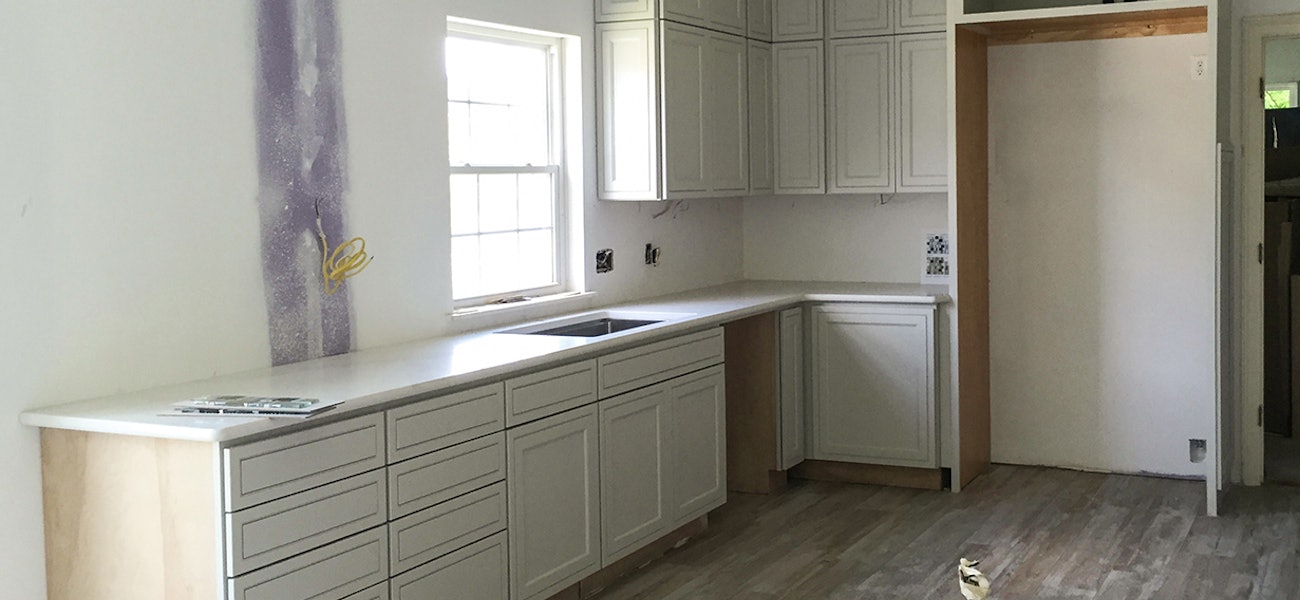If you’re considering giving your home a facelift, make sure you’re ready for some short-lived but intense changes in your life. Acadian House Kitchen + Bath Design Vice President and designer Angela Poirrier says about 90 percent of the company’s clients stay in their homes during renovations. Unless there are health issues or there’s no working bathroom, she says the client usually does not need to move out. But as you pack your rooms into boxes and the construction dust starts to accumulate, life can get stressful. Poirrier offers up some quick tips to make a renovation as painless as possible.
Solidify your vision and plan first. Have your budget and materials selected before construction begins, Poirrier recommends. This will prevent extensions on time or budget. Acadian House uses computer software to test out materials and layouts for clients, preventing surprises or changes later on and keeping the timeline on track.
Create a makeshift kitchen. If renovating your kitchen, move your refrigerator into another room so you don’t have to buy a mini fridge, Poirrier suggests. With that and small appliances like the coffee maker, microwave and toaster oven, you can still make meals and coffee. You can also create a makeshift pantry by storing dry foods, small appliances and plates on a wire shelving unit or a fold-out table. Use a table you already have for counter space. And be prepared to use a bathroom sink as your kitchen sink.









